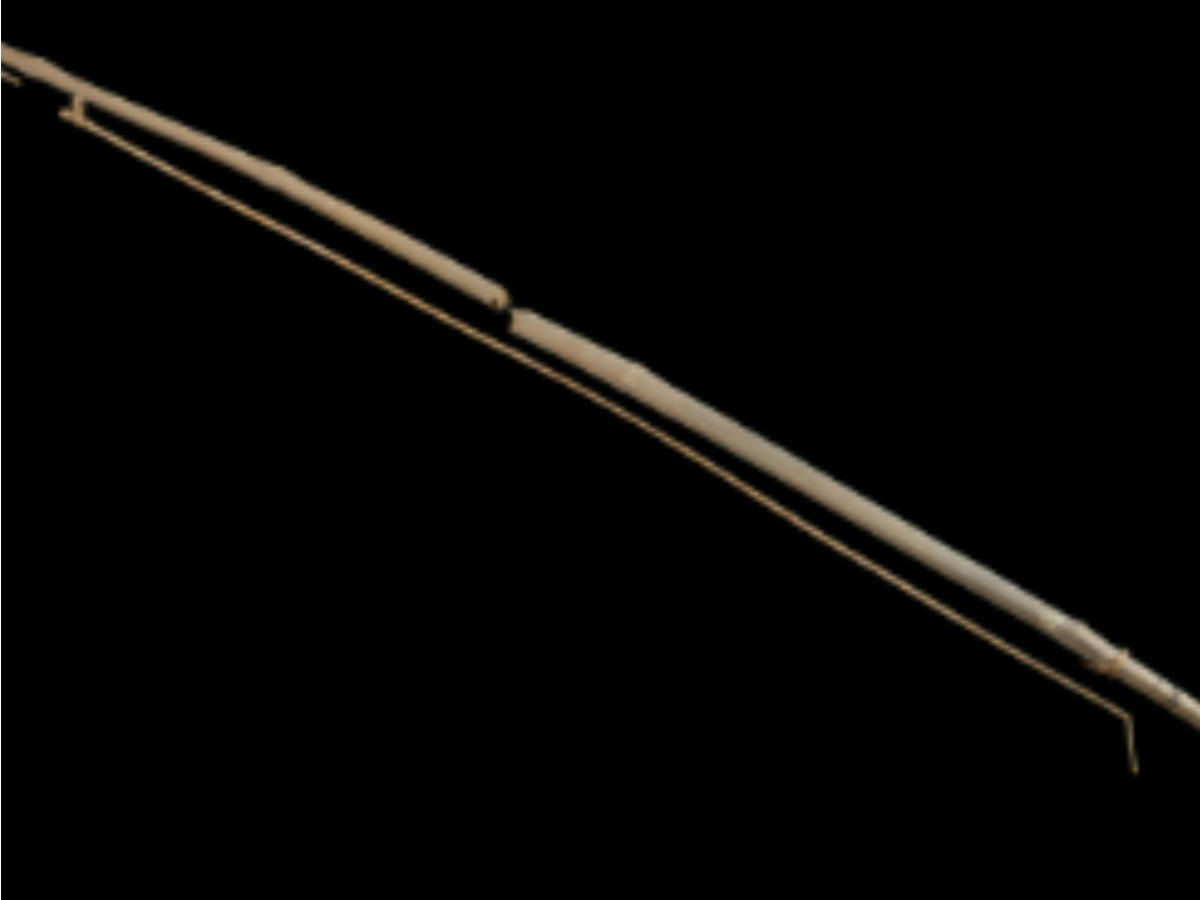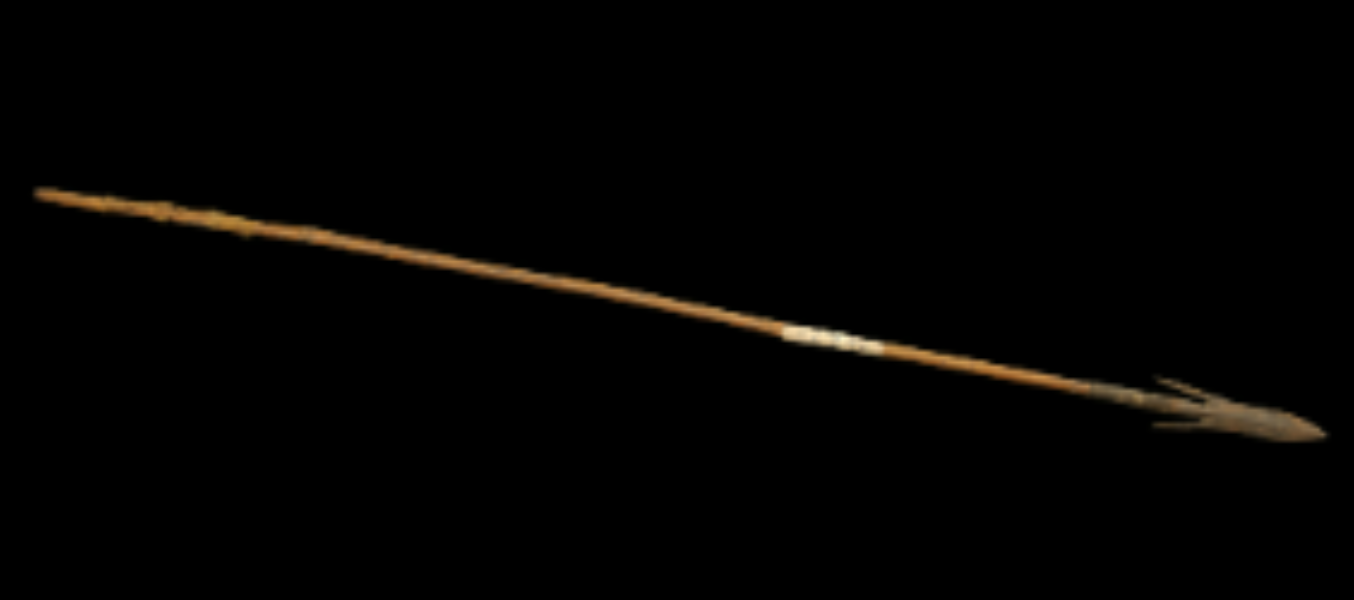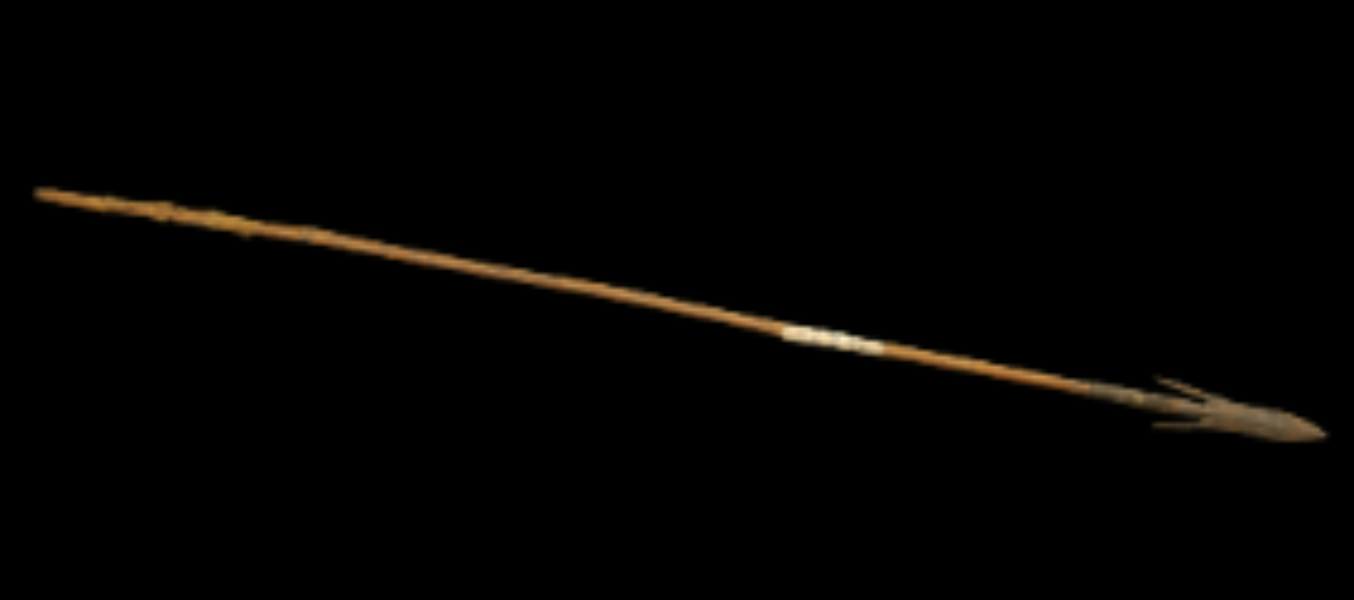State
Tribe Name
Art Type
short description
That is a hallmark of the indigenous ingenuity and that of traditional craftsmanship. The Santals are found all across the Indian states of Jharkhand, Odisha, West Bengal, and Bihar; it is among the largest tribal communities in eastern India, demonstrating considerable craftsmanship. Such weapons include an iron arrow and show deep relationships to the forest of all kinds, to hunt, and to be self-dependent.
Thumbnail

Filter Postion
Left
Filter Background
Off
Theme
Filter Header Image

content
Image

description
That is a hallmark of the indigenous ingenuity and that of traditional craftsmanship. The Santals are found all across the Indian states of Jharkhand, Odisha, West Bengal, and Bihar; it is among the largest tribal communities in eastern India, demonstrating considerable craftsmanship. Such weapons include an iron arrow and show deep relationships to the forest of all kinds, to hunt, and to be self-dependent.
Two main parts make the arrow: a sharp pointed iron head with two lateral barbs and a long bamboo shaft. With their added piercing power and resistance to losing hold on the target, these arrows can successfully hunt small to medium-sized game. The iron head of the arrow is tied to the bamboo shaft using cotton threads smeared with natural resin for strong bonding and weather protection.
The other end of the shaft is notched to receive the bowstring for aiming and releasing purposes. Locally available bamboo makes the arrow lighter and strong, while this mix of materials and techniques shows an understanding of functional design on the part of this tribe.
Above the arrow's utilitarian value, it constitutes an aspect of Santal identity. It finds maximum utility in traditional hunting, but its occasional use in ceremonial contexts is a gesture expressing self-reliant ethos and the wisdom of ancestors.
Two main parts make the arrow: a sharp pointed iron head with two lateral barbs and a long bamboo shaft. With their added piercing power and resistance to losing hold on the target, these arrows can successfully hunt small to medium-sized game. The iron head of the arrow is tied to the bamboo shaft using cotton threads smeared with natural resin for strong bonding and weather protection.
The other end of the shaft is notched to receive the bowstring for aiming and releasing purposes. Locally available bamboo makes the arrow lighter and strong, while this mix of materials and techniques shows an understanding of functional design on the part of this tribe.
Above the arrow's utilitarian value, it constitutes an aspect of Santal identity. It finds maximum utility in traditional hunting, but its occasional use in ceremonial contexts is a gesture expressing self-reliant ethos and the wisdom of ancestors.
Image Mode
landscape
promoted
On
Verified
Off
